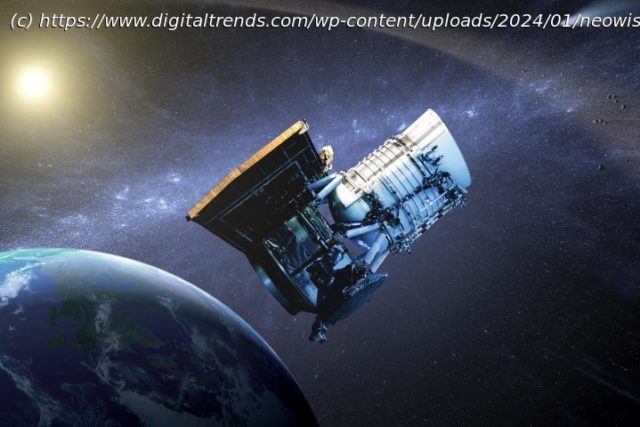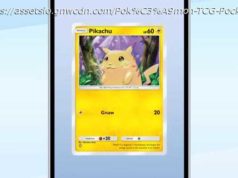Every mission has an ending, and when NASA spacecraft meet theirs, many will go out in a carefully choreographed blaze of glory.
For more than a decade, NASA’s Near-Earth Object Wide-field Infrared Survey Explorer (NEOWISE) mission has been searching the sky for near-Earth objects. Using its infrared vision, the spacecraft, which sits in orbit above Earth’s surface, has looked out for asteroids and comets throughout the solar system and has been used to identify those that could come close to Earth.
You might recognize the name because it was used for one of the mission’s discoveries, comet NEOWISE, which was the brightest comet in over 20 years when it zipped past Earth in 2020.
But the NEOWISE mission will soon be coming to an end, as the spacecraft will drop into Earth’s atmosphere and burn up. The team is preparing for this end to come early next year and is getting the last science they can from the spacecraft before it is no longer usable.
A mission can come to an end in several ways. If a spacecraft is reliant on solar power, as many are, then it may peter out as its panels lose efficacy. That’s what happened to the InSight lander on Mars, as its solar panels were covered in dust carried by winds that built up over time until it eventually couldn’t generate enough power to keep operating. Or a spacecraft that’s in orbit might run out of propellant, so it’s no longer able to orient itself and return information to Earth, as happened with the Kepler Space Telescope.
Sometimes, a mission is no longer necessary because it’s been replaced by newer and better technology. The Spitzer Space Telescope, for example, was a pioneer in the field of infrared astronomy, but with the launch of the more powerful James Webb Space Telescope on the horizon, it was no longer necessary.
But what happens to a spacecraft once its mission is over? How do you go about turning these things off? We spoke to members of the team for NEOWISE, a NASA mission that is preparing to go offline next year, to find out.A grand end
Some spacecraft can be left to safely drift off into space as long as there is no chance of them hitting anything or causing any damage. That’s what happened to Spitzer, which will gently float away from the planet for the next 50 or so years as it orbits the sun and trails the Earth.
Spacecraft in orbit around planets, however, need to be carefully disposed of. When the Cassini mission to Saturn came to an end, it was dramatically plunged into the planet’s atmosphere, or deorbited, so that it would deliberately break up and be destroyed. That ensured there was no chance it could contaminate any of the moons of Saturn, which could be potentially habitable. The final descent also allowed a bunch of incredible new research into Saturn’s atmosphere to be made.
The NEOWISE spacecraft is orbiting Earth, so it, too, needs to be safely disposed of. The concerns are that the spacecraft shouldn’t be left to become space debris, an increasing problem in some orbits and that its deorbiting shouldn’t pose a danger to anyone on the ground.
That last point isn’t a given. There have been cases where pieces of deorbited craft have landed on the ground, such as with the Skylab space station, which fell from orbit in 1979, pieces of which landed in Australia.






